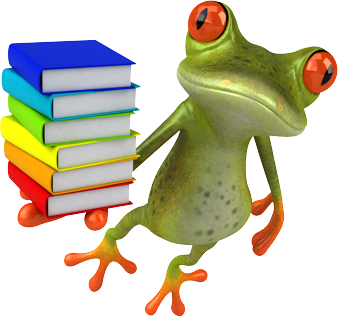Mathematics (n.) [ The measurement and relationships of quantities using numbers and other symbols.
Algebra (n.) [< Arabic Al-Jabr The science of rejoining or resetting bones]
Arithmetic generalization whereby symbols (letters) represent numbers
We can imagine, in Egypt and other Arabic countries, the development of early math and algebra while trading animals and various goods. We can also see the origin of geometry in pyramid architecture and the invention of the wheel.
Anyway, math depends upon cut-and-dry linear logic:
If p then q means
if not q then not p
For our purposes, with answering math questions there is almost always one and only one answer. Some people like this; some don’t. Only you know which type you are. Still, you can learn to deal with the exact logic of math no matter who you are.
First you must learn the basics, the nuts and bolts, the rules of the game, so to speak (see 1on1 SAT Basic Math Review). Then you go beyond the basics and learn further formulas, inferences, relationships and theories based on fundamentals. Learning these can feel daunting but do-able and you can build these relationships step-by-step.
Most importantly you must learn to apply these principles in solving problems efficiently and flexibly (see 1on1 Problem Solving). This means encountering a problem with an open mind, ready for anything and holding the confidence that you can deal with it.
Below are some formula and strategy sheets that will help you deal with specific math problems.
